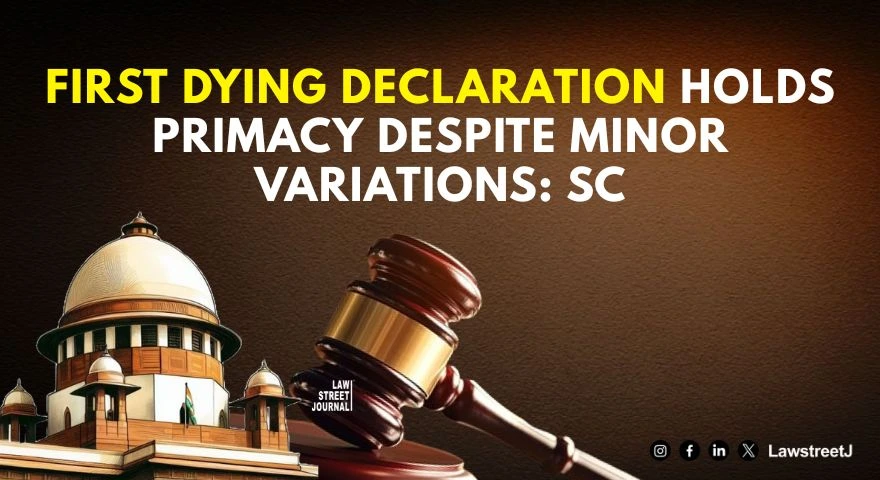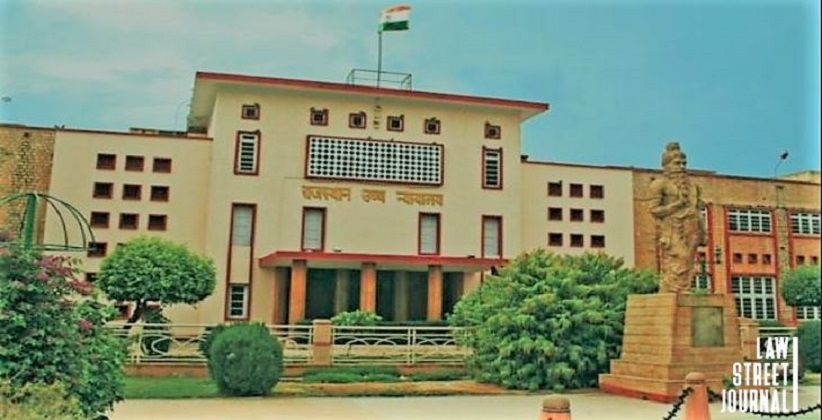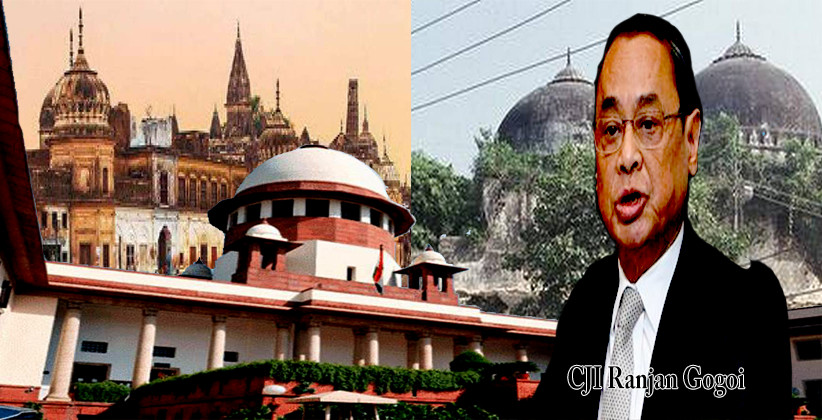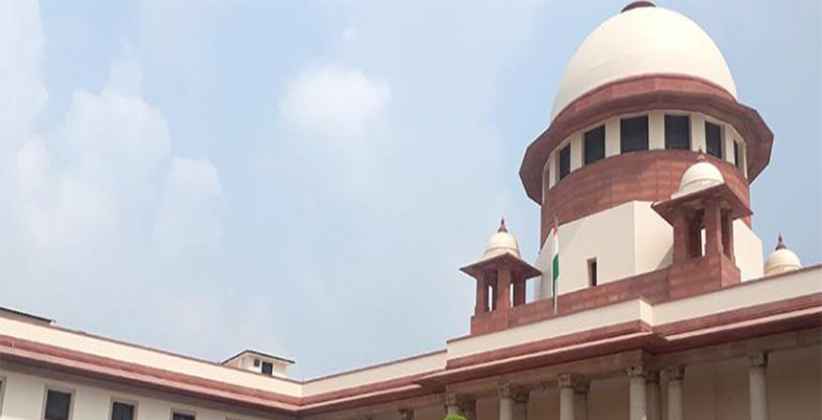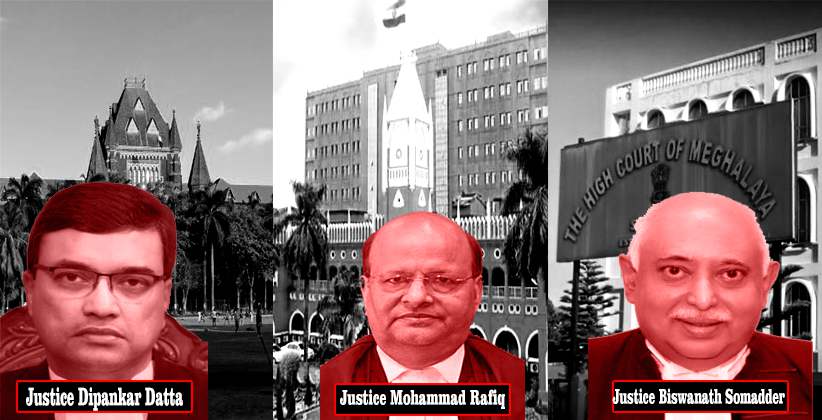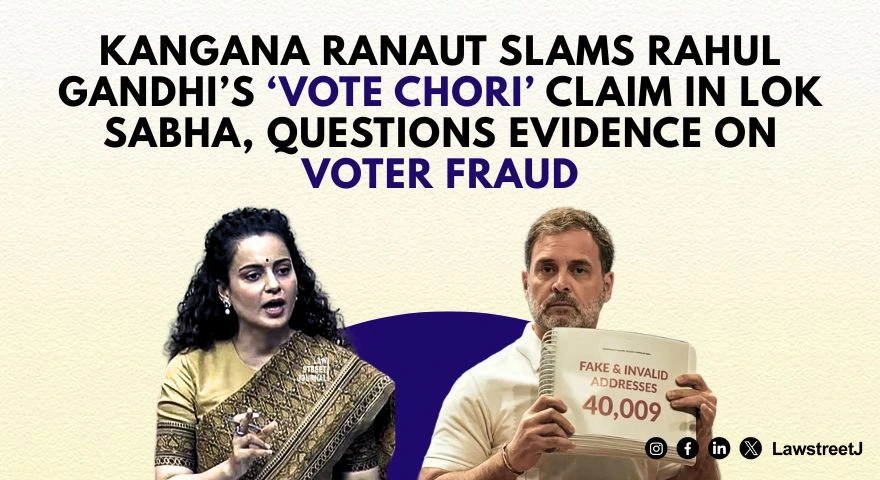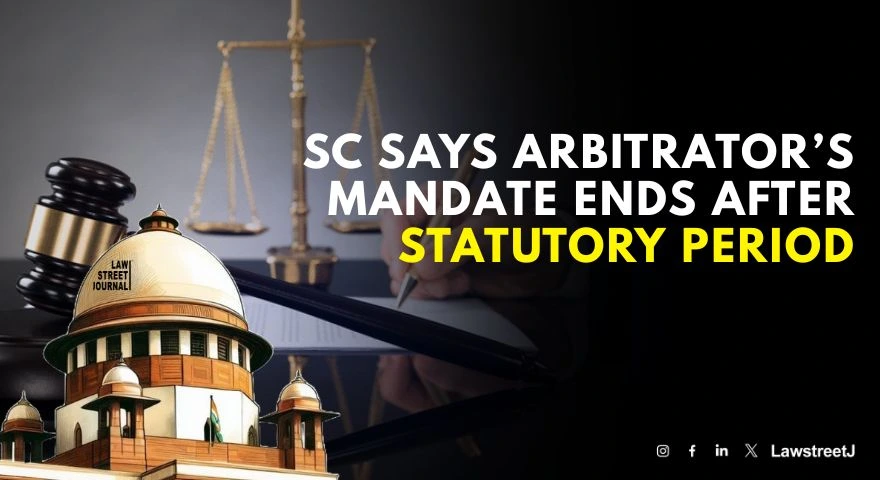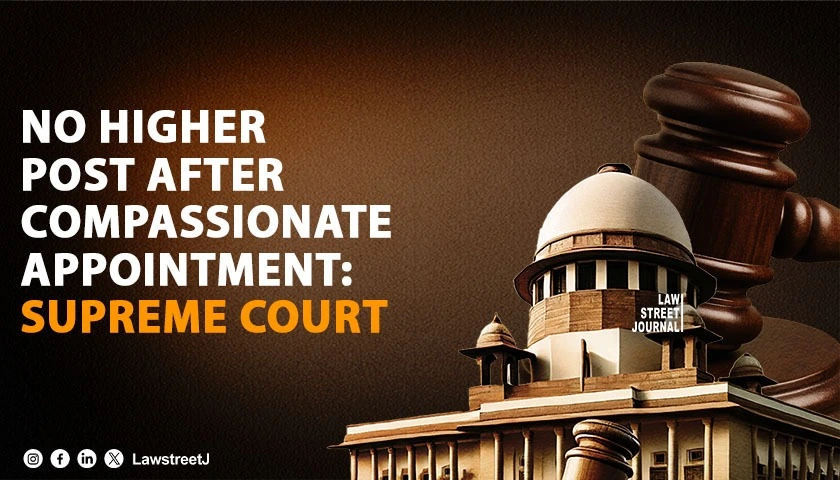New Delhi: The Supreme Court has upheld the conviction of a woman for murder, emphasizing that the first dying declaration made by the deceased cannot be disregarded merely due to minor discrepancies in subsequent statements, if the initial declaration is reliable, consistent, and corroborated by independent evidence.
The Division Bench comprising Justice Rajesh Bindal and Justice Vipul M. Pancholi delivered the ruling while dismissing Criminal Appeal No. 1934 of 2017, filed by Jemaben against her conviction under Section 302 of the Indian Penal Code, 1860, for the murder of her niece-in-law, Leelaben.
The court examined a case where the appellant, along with a co-accused, allegedly entered into a criminal conspiracy to kill Leelaben and her son Ganesh. On the intervening night of November 29–30, 2004, when Leelaben and her son were sleeping in their hut, the appellant allegedly poured kerosene on Leelaben and set her ablaze. Leelaben sustained severe burn injuries and was taken to Civil Hospital, Palanpur, where she succumbed to her injuries on December 4, 2004. Her son sustained 10–12% burn injuries.
The trial court had acquitted both accused persons, primarily on the ground that there were discrepancies in the three dying declarations made by Leelaben. However, the Gujarat High Court, in Criminal Appeal No. 539 of 2006, allowed the State’s appeal and convicted the appellant, sentencing her to life imprisonment and a fine of ₹10,000.
Justice Vipul M. Pancholi, writing for the Bench, emphasized the evidentiary value of the first dying declaration. The court noted, “It emerged from the record that when the deceased was brought to the hospital, she narrated the incident before the Doctor (PW-3) wherein she specifically stated that ‘my aunt-in-law, Jemaben poured kerosene on me and set ablaze.’'
The court further observed that when the doctor questioned the deceased again, she disclosed the motive: “My aunt-in-law asked me to go with Mania Dabhawala, I refused for the same and, therefore, she burnt me alive.”
Significantly, the Supreme Court highlighted that this first dying declaration was made before an independent witness — Dr. Shivrambhai Nagarbhai Patel (PW-3, In-charge Medical Officer) — and was corroborated by substantial documentary and material evidence. Justice Pancholi noted, “It is pertinent to note that the aforesaid documentary evidence was duly proved as per the testimony of PW-3.”
The court also emphasized the corroborative evidence supporting the first dying declaration. The medical certificate stated that the deceased had “whole body and clothing having kerosene smelling burns about 100%.” The Yadi (medical note) given by the doctor to the police station specifically mentioned that the patient was conscious and in a position to speak.
Crucially, the site panchnama (scene-of-crime report) revealed that the investigating agency found “one empty container having kerosene smell” from the place of incident, and the soil from the hut also had the smell of kerosene. Justice Pancholi observed, “Thus, the aforesaid document also corroborates the version given by the deceased before the independent witness, i.e., PW-3, the Doctor.”
The court also noted a significant circumstantial detail that undermined the defence theory of accidental fire. PW-3 deposed that Leelaben’s 4-year-old son, who was sleeping beside his mother, sustained only 10–12% burn injuries on his lower legs and feet, while the deceased sustained 100% burns. Justice Pancholi stated, “Thus, the theory of accidental fire at the place of incident put forward by the appellant/accused cannot be believed.”
Addressing the appellant’s contention about discrepancies in multiple dying declarations, the court laid down an important principle: “We are of the view that merely because there are minor discrepancies in the version given by the prosecution witness with regard to the dying declaration and with regard to the manner of occurrence of the incident, the first dying declaration given by the deceased before the independent witness, i.e., PW-3, cannot be ignored.”
The Supreme Court cited its earlier decision in Nallam Veera Stayanandam & Ors. v. Public Prosecutor, High Court of A.P., (2004) 10 SCC 769, and held that in cases of multiple dying declarations, each declaration must be considered independently on its own merit as to its evidentiary value, and one cannot be rejected merely because of the contents of another.
The Bench rejected the appellant’s argument that when two views are possible, the High Court should not have interfered with the trial court’s acquittal. Justice Pancholi held, “We are also of the view that, based on the aforesaid evidence discussed hereinabove, only one view was possible, despite which, the trial court had acquitted the appellant/accused. Thus, the High Court has rightly set aside the order of the trial court.”
The court emphasized that the first dying declaration, being supported by independent documentary evidence including the medical certificate, panchnama findings, and the pattern of injuries, deserved primacy and could not be disregarded due to minor variations in subsequent statements.
In its concluding observations, the Supreme Court stated, “The first dying declaration is supported by the independent documentary evidence, and therefore, the High Court has rightly placed reliance” on it while setting aside the trial court’s acquittal order.
The appeal was dismissed and the conviction and life sentence imposed by the Gujarat High Court were upheld.
The judgment was delivered on October 29, 2025.
Case Title: Jemaben vs. The State of Gujarat

